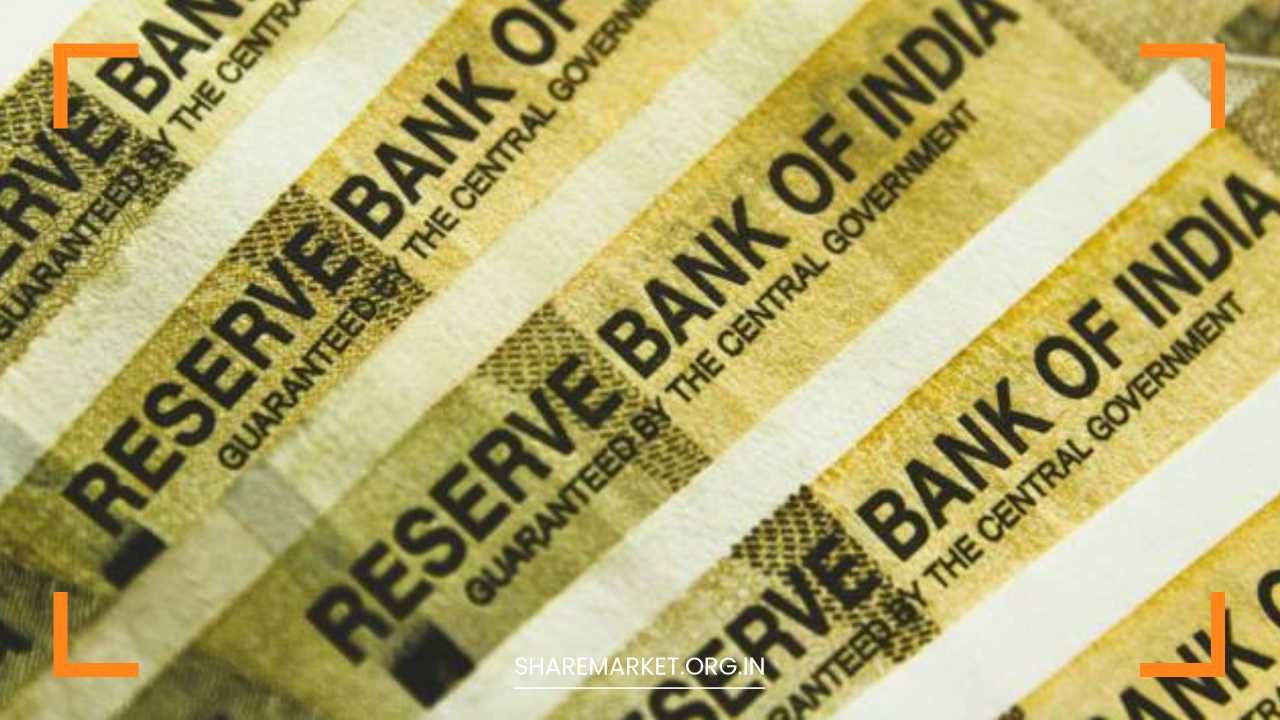Post Office Time Deposit vs. Bank Fixed Deposit: Comparing Investment Options

Post Office Time Deposit vs. Bank Fixed Deposit
Comparing Post Office Time Deposit (POTD) and Bank Fixed Deposit (FD): Making Informed Investment Decisions
In a dynamic financial landscape, the allure of stable and secure investments becomes even more appealing. The realm of fixed income instruments offers a haven for investors seeking reliable returns with minimal risk.
Among the prominent options, both the Post Office Time Deposit (POTD) and Bank Fixed Deposit (FD) stand out as popular choices.
This article aims to provide an in-depth analysis of these investment avenues, shedding light on their interest rates, features, and considerations for potential investors.
Rising Interest Rates on Fixed Deposits
The past few quarters have witnessed a significant upward trajectory in interest rates on various small savings schemes.
Even the Post Office Time Deposit, maturing in five years, has surged to an interest rate of 7.5 percent for the July-September quarter of 2023.
Concurrently, numerous banks have followed suit by increasing interest rates on their fixed deposit offerings.
In this context, investors are confronted with a pertinent question: where should they channel their funds to optimize returns and security?
Understanding Post Office Time Deposit Scheme
The Post Office Time Deposit scheme operates akin to a Bank Fixed Deposit, wherein individuals invest funds at a predetermined interest rate over a specified tenure, with assured returns at maturity.
Notably, this scheme is backed by the government, ensuring the safety of invested capital. For the July-September 2023 quarter, investors can avail an interest rate of 7.5 percent on a five-year Post Office Time Deposit.
DCB Bank offers a slightly higher interest rate of 7.75 percent, outpacing the five-year POTD by 0.25 percent.
Comparing Bank Fixed Deposit Interest Rates
Major banks, including HDFC Bank, ICICI Bank, Axis Bank, and IDFC First Bank, have elevated their interest rates on fixed deposits maturing in five years.
While HDFC Bank, ICICI Bank, Axis Bank, and IDFC First Bank offer an interest rate of 7 percent, IndusInd Bank provides a higher rate of 7.25 percent for FDs maturing in five years.
State Bank of India (SBI) offers a competitive interest rate of 6.5 percent for FDs with a similar maturity period.
Calculating Interest and Frequency
In the case of the 5-year Post Office Time Deposit scheme, interest is compounded quarterly but accrues annually. Account holders can opt to credit annual interest to their savings account by submitting an application.
To open a Post Office Time Deposit account online, individuals need to possess a savings account with India Post or open an account at any physical post office.
Alternatively, many major banks offer online account opening services through their internet banking platforms.
Eligibility and Account Opening
To open a 5-year Post Office Time Deposit account, individuals must be citizens of India. Minors above the age of 10 years can open accounts in their names at post offices.
Resident Indians are eligible to open Fixed Deposits across various banks in the country.
Comparing Features: Convenience, Tenure, and Tax Implications
Investors often grapple with the dilemma of choosing between the POTD and bank FDs. The decision hinges on factors such as convenience, tenure preferences, and tax implications.
Post Office Time Deposits offer a distinct advantage with government backing, ensuring the safety of investments.
However, online account management might be more accessible through major banks. Tenure considerations also play a crucial role, as both options offer varying timeframes.
Tax Implications: Analyzing Returns and Tax Efficiency
When it comes to tax implications, both the POTD and bank FDs offer tax-saving benefits. The interest earned from the POTD is taxable, and investors must include it in their taxable income.
On the other hand, under Section 80C of the Income Tax Act, investments in the POTD are eligible for deductions.
Bank FDs also offer tax-saving opportunities, with tax being deducted at source (TDS) if the interest earned exceeds a certain limit. This highlights the importance of considering tax efficiency when evaluating investment options.
Liquidity and Premature Withdrawals
Liquidity is a critical factor for investors, and both options offer varying degrees of flexibility. Bank FDs often provide more options for premature withdrawals, albeit with associated penalties.
In contrast, the POTD’s liquidity is comparatively limited, with withdrawals allowed only under specific circumstances and with penalties.
Final Remarks: Making the Right Investment Choice
Investment decisions should be made after careful consideration of factors such as interest rates, tenure, liquidity requirements, and safety.
The choice between a Post Office Time Deposit and a Bank Fixed Deposit hinges on individual preferences and financial goals.
While the POTD offers government-backed security and competitive interest rates, bank FDs provide a diverse range of options with varying interest rates and additional benefits.
In essence, investors seeking stability and assured returns can explore both the Post Office Time Deposit and Bank Fixed Deposit avenues.
Each option has its strengths and considerations, and the ultimate choice depends on your risk tolerance, financial goals, and the convenience of account management.
By evaluating these factors holistically, you can make an informed investment decision that aligns with your aspirations and paves the way for financial security and growth.

















